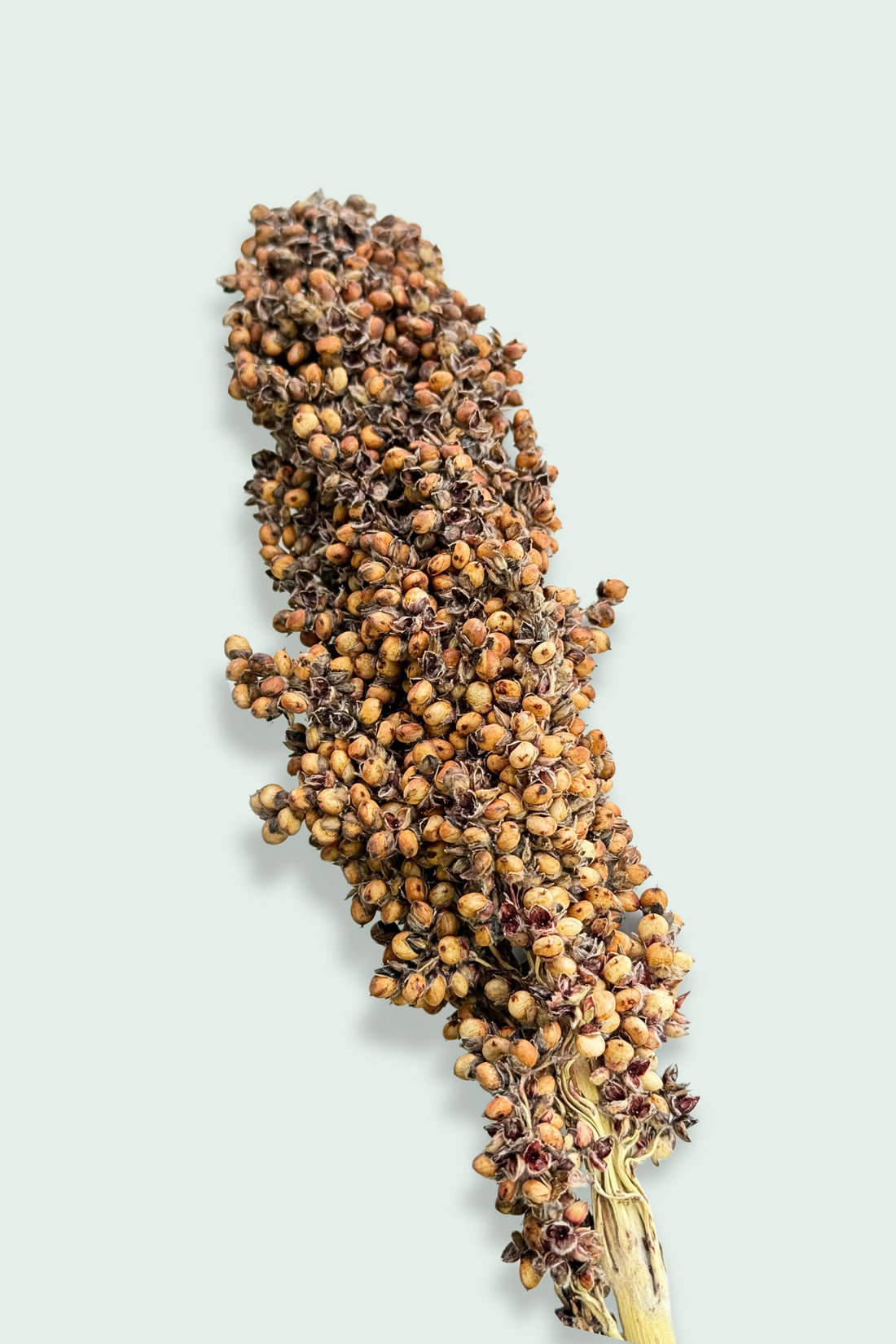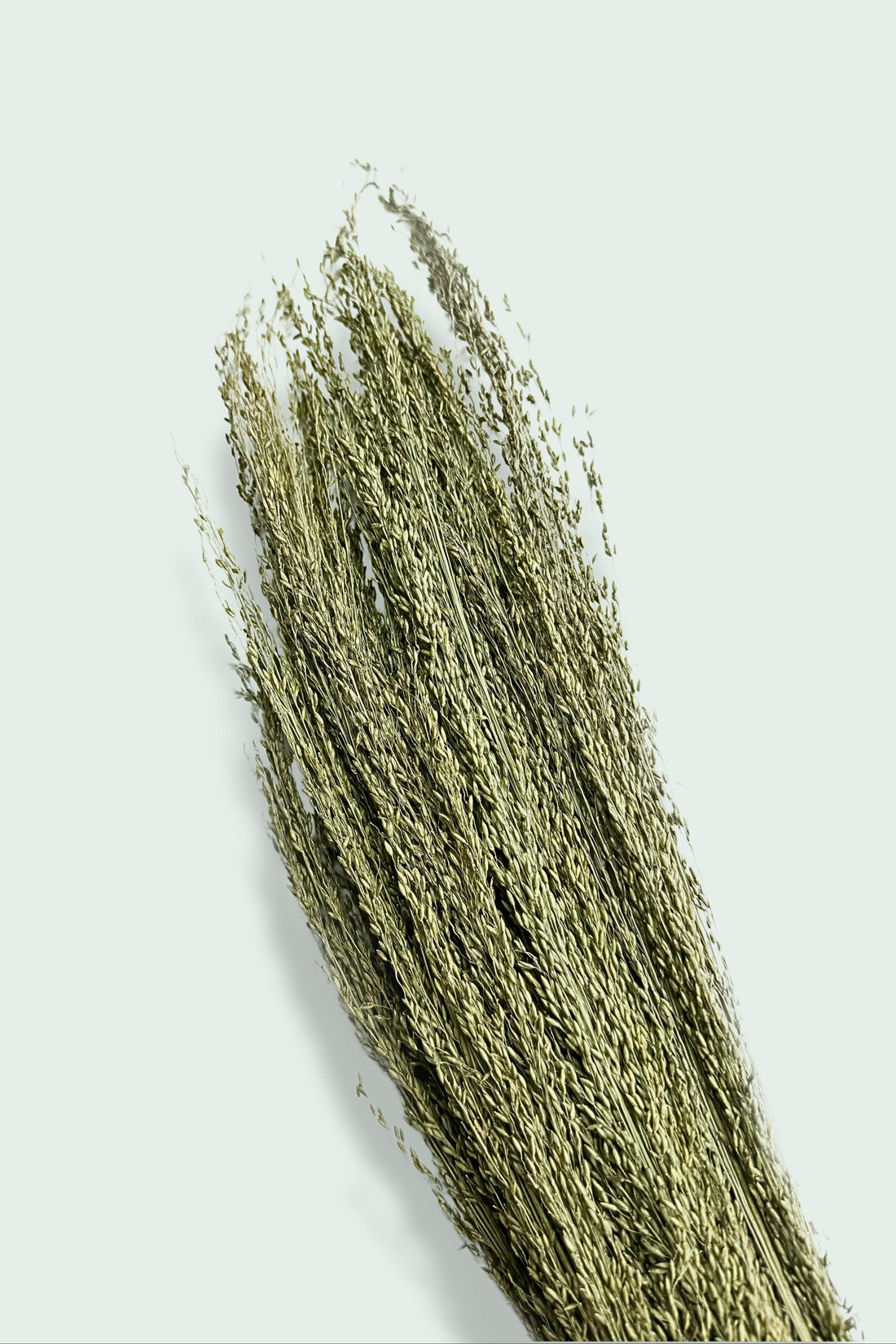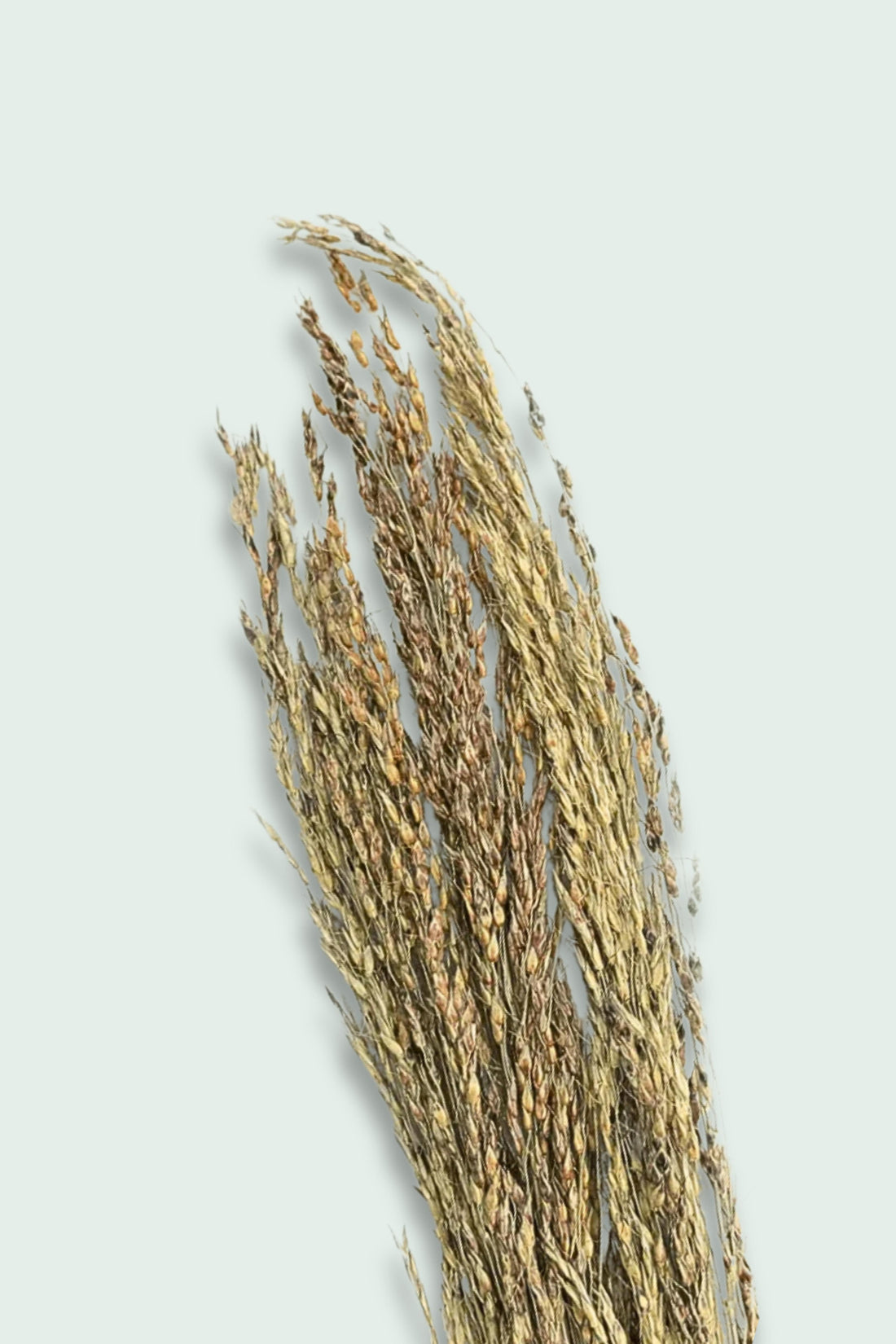If you’ve ever walked into a room to the sound of your hamster gnawing away at its cage bars, you’re not alone. It’s a common behaviour that often concerns pet owners—and for good reason. While it might seem harmless, excessive bar chewing can indicate a deeper issue and potentially harm your hamster's health.
In this guide, we’ll explore the reasons behind bar chewing, the risks involved, and the best ways to redirect this behaviour using healthy, natural alternatives.
🐹 Is It Normal for Hamsters to Chew?
Yes—chewing is a natural and essential behaviour for hamsters. Their teeth grow continuously throughout their lives, so they instinctively gnaw on hard objects to keep them trimmed and healthy. Without proper chewing outlets, they’ll resort to whatever’s available—often the bars of their cage.
However, bar chewing is often a sign of an unmet need, whether it's physical, environmental, or emotional.
🧠 Why Do Hamsters Chew on Cage Bars?
Here are the most common reasons your hamster may be chewing on the bars of their cage:
1. Lack of Chewing Materials
One of the biggest reasons hamsters chew cage bars is simply a lack of appropriate materials to chew. If they don’t have safe, natural chew toys or items, they’ll turn to the next best thing—the metal bars.
Solution: Provide your hamster with a variety of safe, enriching chews.
👉 Try our Burdock Roots – a fibrous, natural chew that promotes dental health and satisfies gnawing urges.
👉 Add Apple Wood Sticks to their enclosure for a naturally sweet, crunchy chew option.
👉 Sprinkle in some Coconut Husk Butterflies – unique shapes that double as play and chew material.
👉 Our Vine Hearts are not only adorable but also perfect for keeping those teeth in check.
2. Boredom and Lack of Enrichment
Hamsters are highly active and curious animals. If their environment lacks stimulation, they may chew cage bars out of sheer boredom.
Signs of boredom include:
-
Repetitive behaviours like climbing and chewing
-
Excessive digging or pacing
-
Restlessness during the day
Solution: Create an enriching environment with:
-
Deep substrate for burrowing (20cm or more)
-
Hideouts and tunnels
-
Platforms and wheels (28cm+ for Syrians)
-
Puzzle feeders or scatter feeding
-
Foraging opportunities with natural chews
3. Stress or Frustration
A hamster in a stressful environment may chew bars to cope or escape. Stress can be caused by:
-
A cage that’s too small (less than 4,000 cm² of floor space)
-
Loud noises or bright lights
-
Frequent handling when the hamster is not tame or comfortable
-
Lack of sleep due to daytime disturbances
Solution:
-
Upgrade to a spacious enclosure like a Detolf or 100x50cm+ cage.
-
Keep the habitat in a quiet, dimly lit room.
-
Handle your hamster gently and only when they’re fully awake.
-
Ensure they have plenty of places to hide and feel safe.
4. Hunger or Poor Diet
In rare cases, chewing may be a sign that your hamster is trying to find food or isn't satisfied with their current diet.
Solution: Make sure they have access to:
-
A high-quality, species-appropriate seed mix
-
Small portions of fresh vegetables
-
Occasional protein sources (mealworms, egg, etc.)
-
Safe, edible foraging materials like Burdock Roots or Apple Wood Sticks
5. Attention-Seeking Behaviour
This is more common in hamsters that are handled frequently. They may learn that chewing the bars results in attention, food, or being let out.
Solution: Try to ignore the behaviour if it’s mild, but ensure their needs are met. Add more out-of-cage playtime in a safe playpen or free-roam area.
⚠️ The Dangers of Cage Bar Chewing
While it might not seem serious, bar chewing can lead to significant health issues:
-
Broken or misaligned teeth
-
Injuries to the mouth or nose
-
Bar rub – a painful condition where the hamster rubs its nose raw
-
Increased stress levels
Tip: If you notice signs of bar rub or dental damage, consult a vet and consider switching to a barless enclosure (e.g., glass or plastic).
🧺 How to Encourage Natural Chewing
You can redirect bar chewing by making natural chewing part of your hamster’s daily enrichment.
Here’s how:
✅ Rotate Chew Items
Offer a variety of chews and rotate them regularly to prevent boredom.
Mix in options like:
-
Burdock Roots – for texture variety
-
Apple Wood Sticks – a hamster classic
-
Coconut Husk Butterflies – unique and textured
-
Vine Hearts – great for foraging activities
✅ Hide Chews Around the Enclosure
Encourage foraging by hiding chews in substrate or inside toilet paper rolls.
✅ Introduce Safe DIY Options
Cardboard rolls, dried herbs wrapped in hay, and nut shells can supplement store-bought chews.
🏡 Best Housing Practices to Prevent Bar Chewing
A proper habitat is key to stopping unwanted chewing. Make sure your hamster has:
-
A cage that’s at least 100cm x 50cm
-
A deep bedding layer (20cm+) for burrowing
-
Silent spinner or wheel of the correct size
-
Hideouts and platforms
-
Multiple types of natural chews
If possible, consider switching to a barless cage such as:
-
IKEA Detolf converted tank
-
Glass vivariums
-
Bin cages with mesh tops
🧾 Final Thoughts
Bar chewing is a signal that your hamster's needs aren’t fully met—but with a few changes, you can drastically improve their well-being. Providing natural chews like Burdock Roots, Apple Wood Sticks, Coconut Husk Butterflies, and Vine Hearts not only supports their dental health but also keeps them engaged and stress-free.
Take time to observe your hamster’s environment and behaviour—because a happy, healthy hamster is a joy to watch and care for.
✅ Explore Chews at Moony Paw
Looking for natural, safe chews that your hamster will love?
👉 Shop our full collection at MoonyPaw.com
Let your small pet thrive—with enrichment that feels just like nature.






